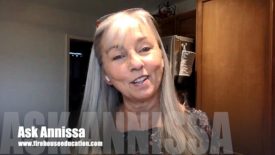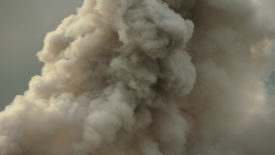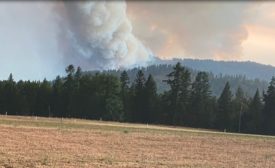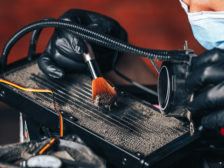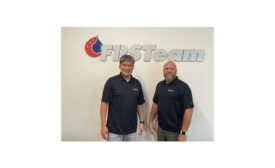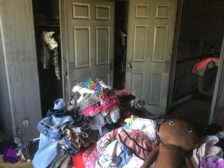Home » Keywords » contents cleaning
Items Tagged with 'contents cleaning'
ARTICLES
Franchisor of ERS and ART Announces Rebrand to Prism Specialties
Ask the Expert
September 17, 2021
Get our new eMagazine delivered to your inbox every month.
Stay in the know on the latest disaster restoration and remediation trends.
SUBSCRIBE TODAY!Copyright ©2022. All Rights Reserved BNP Media.
Design, CMS, Hosting & Web Development :: ePublishing


